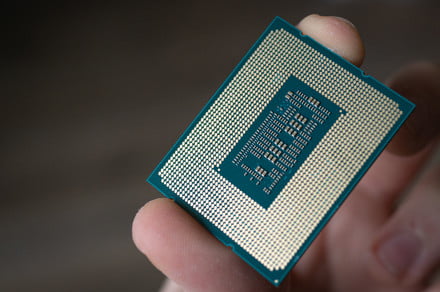Although Intel has debuted DDR5 on desktops with the launch of Alder Lake, the company won’t be ditching DDR4 any time soon. A new rumor suggests that Intel will continue supporting DDR4 on its 13th-gen Raptor Lake platform, which is currently expected to launch in the second half of 2022.
The news comes from esteemed leaker Moore’s Law is Dead, who has a lengthy track record of accurate AMD, Nvidia, and Intel leaks. He says that the platform will support DDR4 and DDR5, just like Alder Lake does. That’s great for builders who are upgrading now but can’t stomach the price of a DDR5 kit.
Raptor Lake will support DDR4.
Some people might say "duh", but I have seen a conspiracy theory going around that Intel would obsolete DDR4 mobos when Raptor Lake launches. No, they won't.
Rest easy DDR4 Alder Lake buyers 😊.
— Moore's Law Is Dead (@mooreslawisdead) November 8, 2021
It makes sense, too. Current rumors suggest that Raptor Lake will continue using the LGA1700 socket that Alder Lake uses. Although we don’t have any confirmation right now, it’s possible that Intel will also make the generation backward compatible with the Z690 chipset to allow builders to use the memory standard they prefer.
Raptor Lake is more of an iterative generation. In the past, Intel has followed a tick-tock release cadence. The tick is an entirely new manufacturing process, while the tock is a refinement to that manufacturing process. Right now, recently released 12th-gen Alder Lake chips are the tick, and Raptor Lake is the tock.
More support is always a good thing, but standing in the middle of two memory generations has already caused some confusion with Alder Lake. Following the announcement, YouTuber Paul’s Hardware had multiple commenters assuming the two memory standards were interchangeable, which isn’t the case. Alder Lake may support DDR4 and DDR5, but you can’t mix and match them. Similarly, you can’t use DDR4 in a DDR5 motherboard or vice versa.
Still, keeping DDR4 in the mix for a couple of generations is the right play. Past jumps in memory generations have taken a few years to catch on, and DDR5 shouldn’t be any different. Intel started using DDR4 in 2014 with the release of its Haswell processors, but AMD didn’t transition to DDR4 until 2017 with the release of first-gen Ryzen.
There isn’t a big reason to use DDR5 right now, either. As you can read in our Intel Core i9-12900K review, DDR5 shows a minor improvement across most applications, but DDR4 isn’t far behind. There are only a few applications, particularly those that use a lot of CPU cores or like high memory bandwidth, that will see a major improvement.
For gamers and PC builders who don’t need to squeeze out every drop of performance, DDR4 is still the right call. If Raptor Lake supports DDR4 as Moore’s Law is Dead suggests, you’ll be able to upgrade your Alder Lake rig without moving to DDR5.

